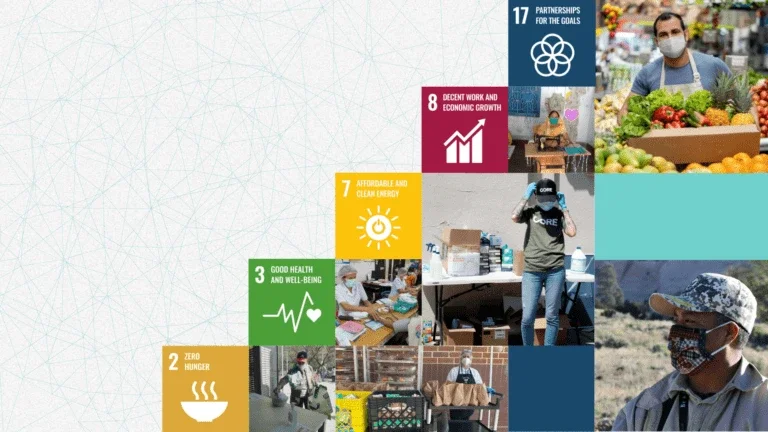Workers of color and women are far more likely to be paid poverty-level wages than white workers.
In 2017, according to the Economic Policy Institute
The Bureau of Labor Statistics reported in 2017 that some 34 percent of the labor force is comprised of gig workers, projecting that to increase to 43 percent by this year, and the gig economy leaves many workers without benefits or upward mobility.
Investment in employee training and development, meanwhile, has been declining for decades, and firms are not incentivized to invest in workers. This means that when they change jobs, low-wage workers are unlikely to see any meaningful increase in wages.
Some of the metrics we would like to see gain widespread use over the next year include the number of jobs created during a reporting period, broken down by demographic groups, and the average expenditure and hours of training per person that a firm offers.
- 8.6%
of white workers were paid poverty wages—i.e., hourly wages that would leave them below the federal poverty guideline for their family size if they are the sole earner in the family, even if they work full-time, year-round.
- 19.2%
of latinx workers or nearly one in five were paid poverty wages, in contrast
- 14.3%
of black workers or roughly one in seven were paid poverty wages
Data can be seductive, but we don’t want data for its own sake; we want data that translates into action. We hope our work will lead to at least six key metrics that when applied to firms, can increase the number and quality of jobs accessible to workers as well as boost internal mobility.



